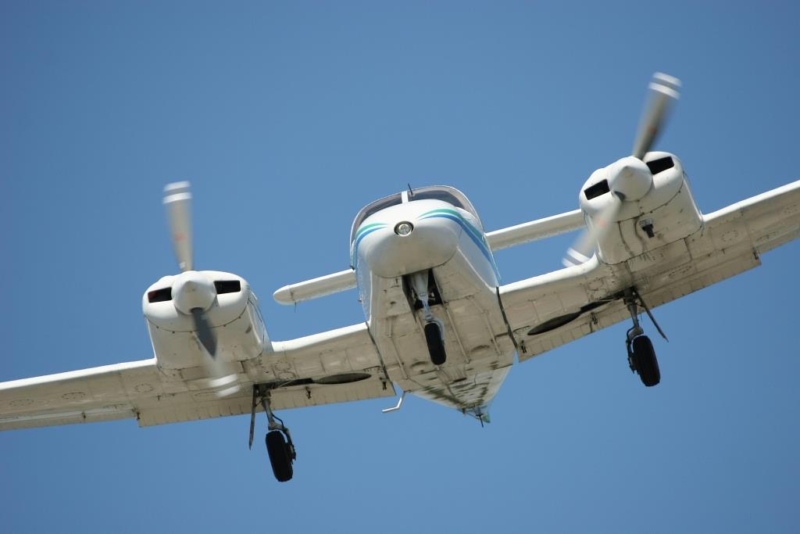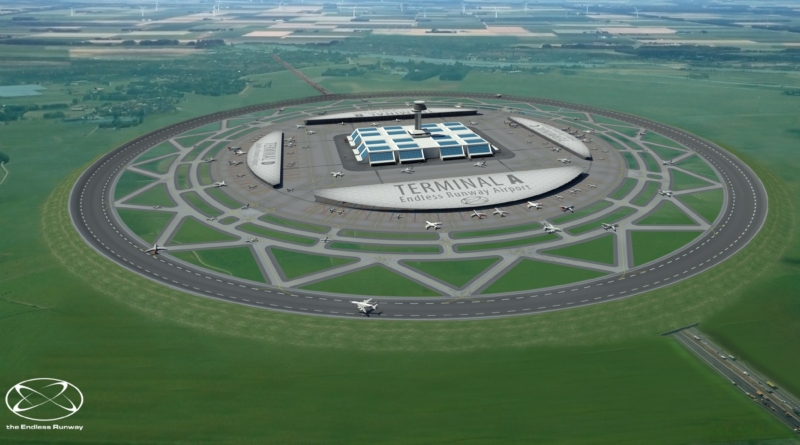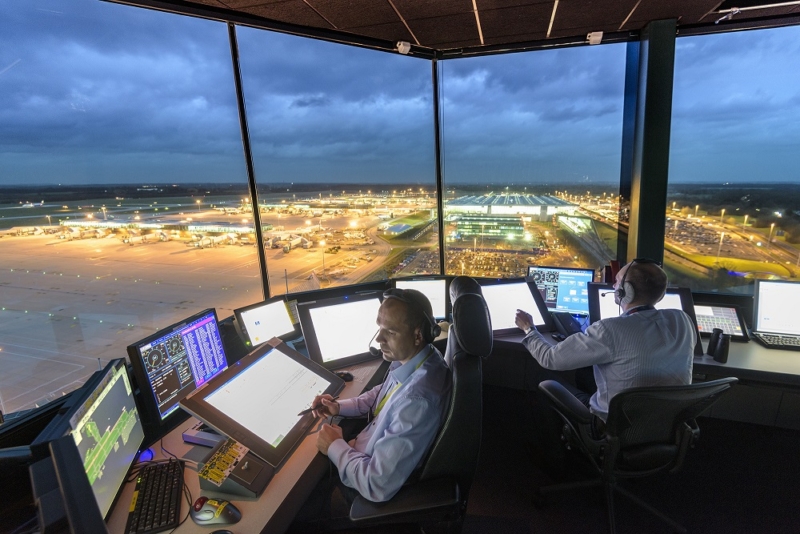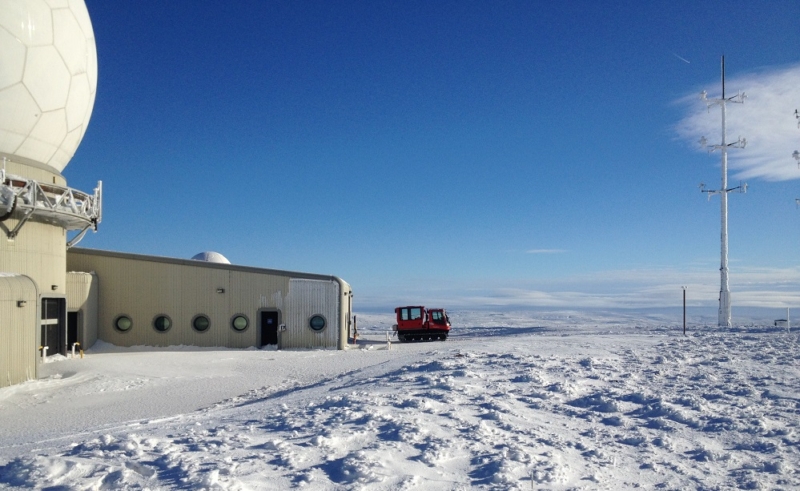Five top tips for flying safely this summer
11 April 2017As days get longer and the weather gets warmer, more and more aviation enthusiasts are taking to the skies to explore countryside and coast from above – the vast majority of which fly responsibly and in line with the rules.
But every year we see approximately 600 unauthorised entries fly in to controlled airspace without permission, each one having a knock-on effect on our controllers and other pilots in the sky.
With that in mind, here are our five top tips for flying safely this summer…
1. Planning
When planning your flight, consider your route in relation to airspace boundaries. Ensure you are familiar with airfield operating procedures, weather and NOTAMs relevant to your route. It is advisable to plan alternative routes should it become necessary to divert from your original plan.
2. Altimetry
If you depart an airfield on the QFE, ensure the QNH is set once out of the circuit.
Using the regional pressure setting when flying close to the base of controlled airspace could result in a vertical infringement. Obtain the QNH from the nearest aerodrome either by listening to the ATIS, appropriate frequency or contacting the unit.
3. Transponder Accuracy
Accuracy of the Mode C altitude reporting is paramount. When receiving a radar service (De-confliction or Traffic) from a radar or LARS unit the controller should verify the accuracy of your reported level. If it is outside of acceptable tolerance the controller will inform you and may ask you to turn off your mode C.
If necessary seek guidance from an avionics engineer.
4. Execution
If your planned route is executed correctly, an infringement should not occur; however, track deviation can occur for many reasons including weather avoidance, traffic avoidance or compass errors.
Distraction and complacency can also lead to navigational errors. Always be aware of your position in relation to your planned route. If in doubt, seek assistance.
5. Recovery
If you think you may have infringed controlled airspace, immediately contact the appropriate air traffic unit. If you are unsure of your position, contact the Distress and Diversion Cell (D&D) on 121.500 MHz. D&D will be able to fix your position and assist you until you have regained your situational awareness.
In line with good threat and error management, proactive recovery from an airspace infringement is the safest course of action. Seeking assistance can resolve the situation quickly and effectively.
To find out more, take a look at our Discover page.
Comments
Please respect our commenting policy and guidelines when posting on this website.



